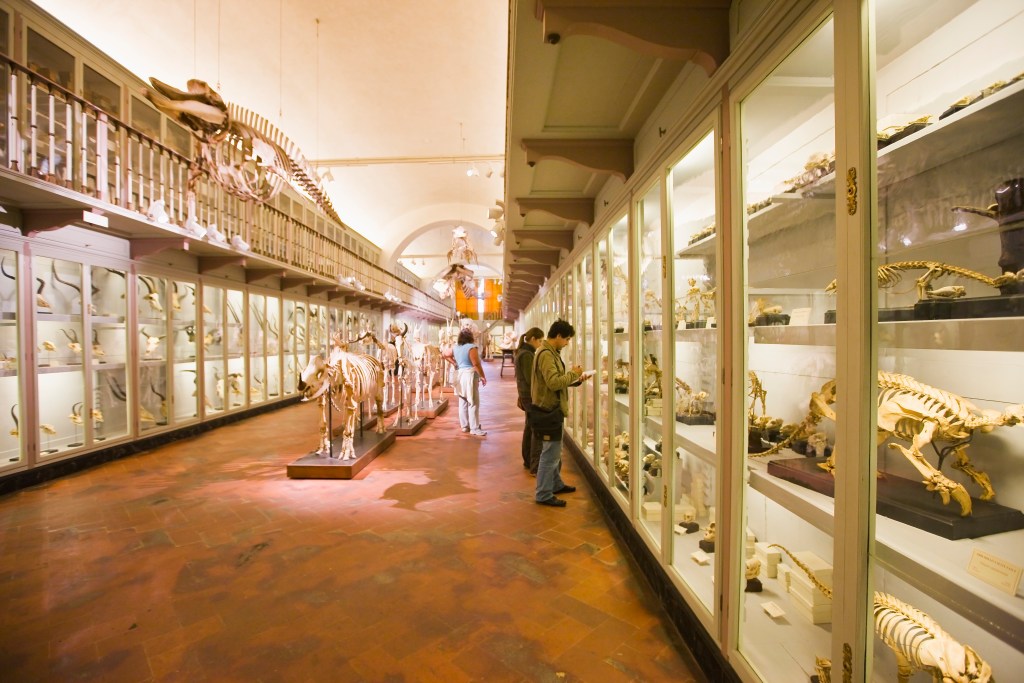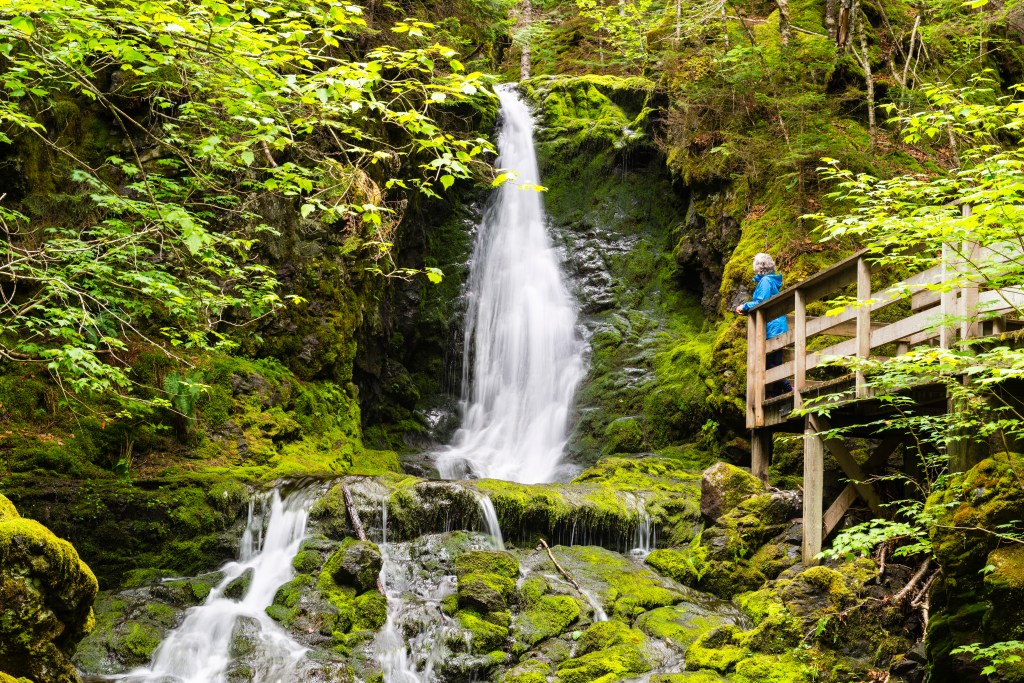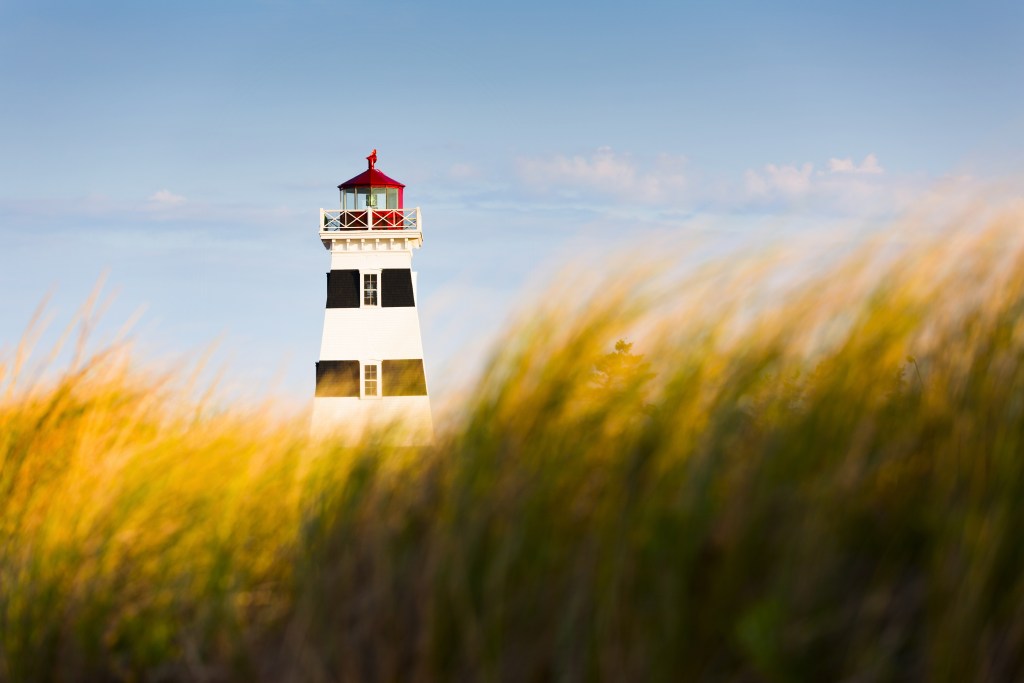The Galapagos Islands are the stuff of travel legends.
First, because flights and lodging on the islands are prohibitively expensive for most travelers. Second, the islands are geared more heavily toward ecological and marine preservation—not tourist adventures. Third, they’re located almost 1,000 miles from the coast of Ecuador, making flight times around two hours.
That being said, the trip isn’t impossible to swing.
With some focused saving and thoughtful trip-planning, you can put together the trip of a lifetime. Best of all, similar to countries like Costa Rica and Bhutan, the Galapagos has many protections in place to shield the negative effects of tourism from native wildlife and marine life.
Sure, global warming is a serious issue for marine life on the Galapagos Islands, but it’s worth pointing out that the Ecuadorian government has done a commendable job to protect the islands and actively foster their long-term well-being.
As an added bonus, the dozens of hospitality and tour groups on the island have also made concerted efforts to minimize their footprint while also funding and founding organizations that work to preserve the ecological balance on the islands.
But I do have a suggestion—after all, the Galapagos Islands are a global treasure. If you’re going to go with a cruise, I highly recommend opting for a smaller-impact experience, like on one of Ecoventura’s Origin, Theory, or Evolve vessels.
Ecoventura uses unique technology on its vessels that minimize its carbon emissions by 30% and nitrogen oxide emissions by 90%. They’re focused on high-quality, low-volume tourism—as it should be in places like Galapagos.
After all, if you’re heading all the way to the Galapagos Archipelago, you’re going to want to see some of its most famous sea, land, and air creatures. And the only way you can do that is with an experienced and ethical guide. Again, you’ll pay more for a more luxurious experience on a smaller vessel, but it almost guarantees that you’ll be able to get your eyes on the most iconic creatures of the Galapagos Islands.
Now onto the big question—
What animals can you see on the Galapagos Islands in terms of land, sea, and air creatures? Let’s explore.
What animals can you see on the Galapagos Islands?
Marine Iguana
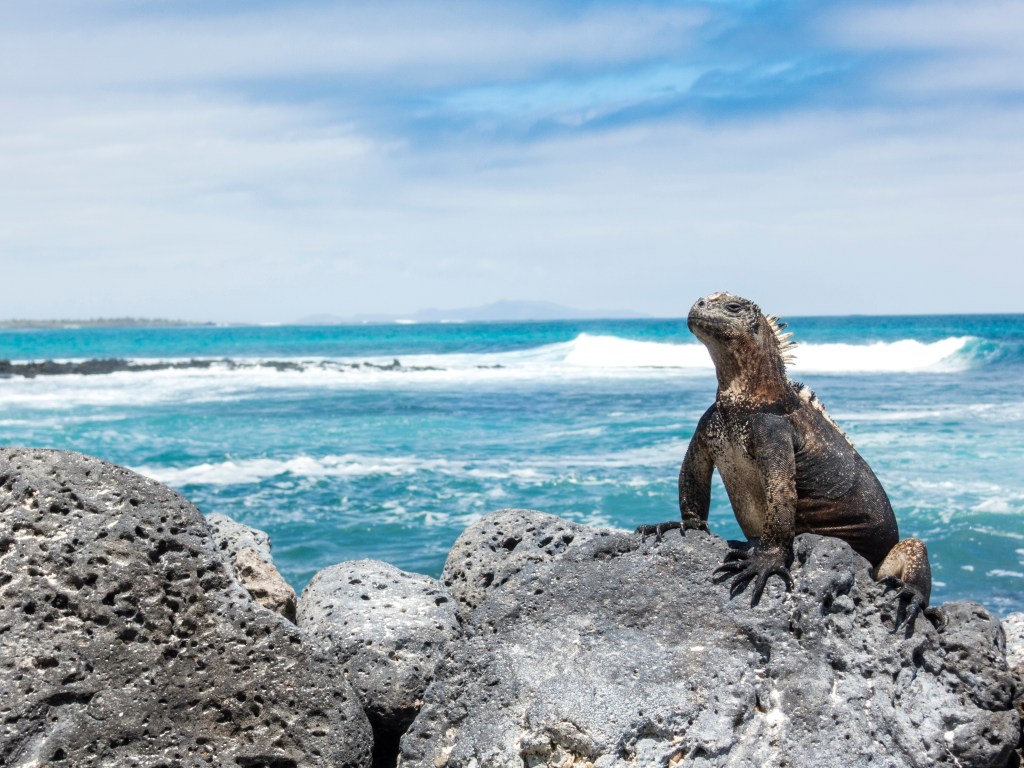
This iconic lizard has ultra-sharp claws and a flat body that lets it swim in the sea. (It also looks strikingly like a mini-Godzilla.) You’re most likely to see them hanging out on the volcanic rocks along the coast. Just watch out—they sneeze to expel salt from their nostrils.
Blue-footed Booby
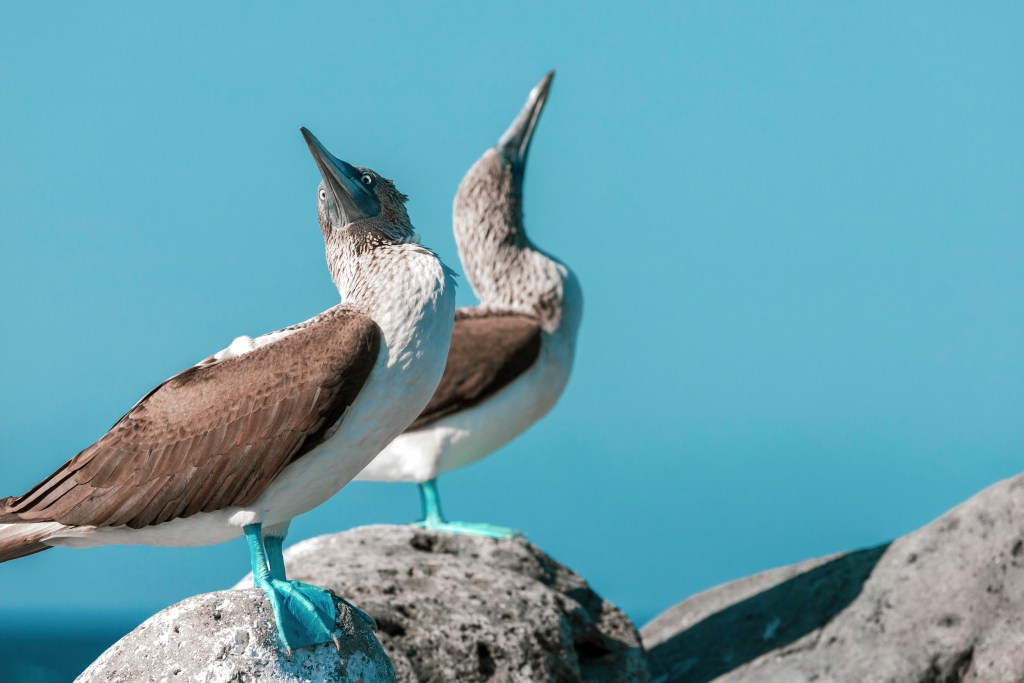
This marine bird can be seen diving headfirst into the ocean on hunting expeditions, usually with a few friends in tow. You’ll know it’s the blue-footed booby thanks to those iconic, bright blue feet, which males will lift high in the air as part of their courtship dance.
Galapagos Tortoise
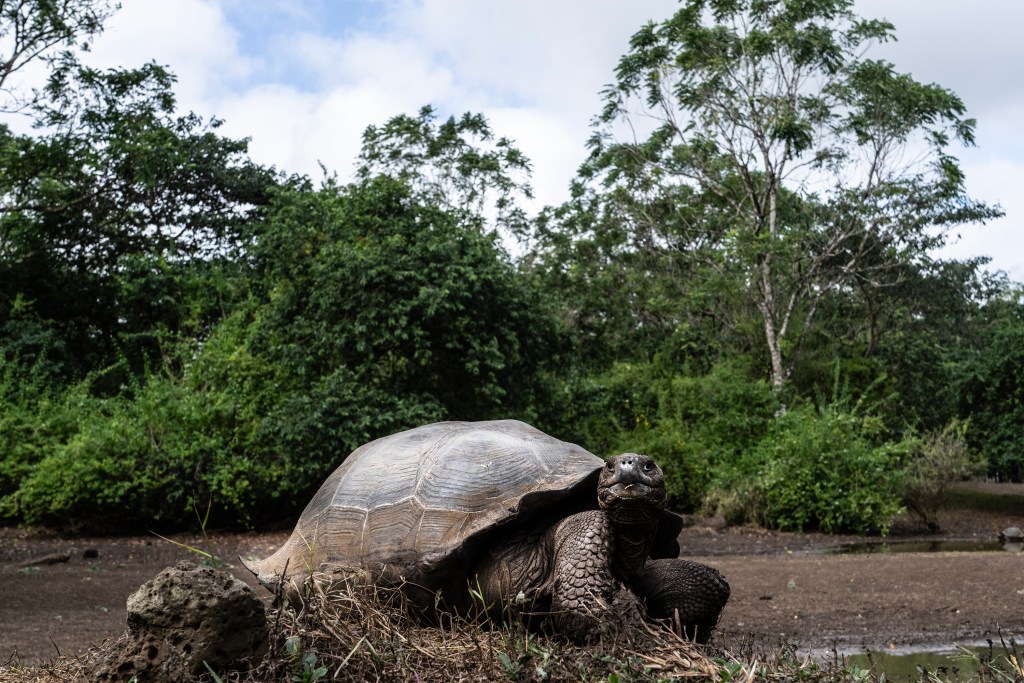
World famous for being more or less immortal, these land tortoises often live over 100 years—and can weigh close to 1,000 pounds. Each island on the archipelago is home to a slightly different subspecies, which evolved to handle that island’s unique conditions. There are multiple breeding centers you can visit across the islands.
Galapagos Penguin
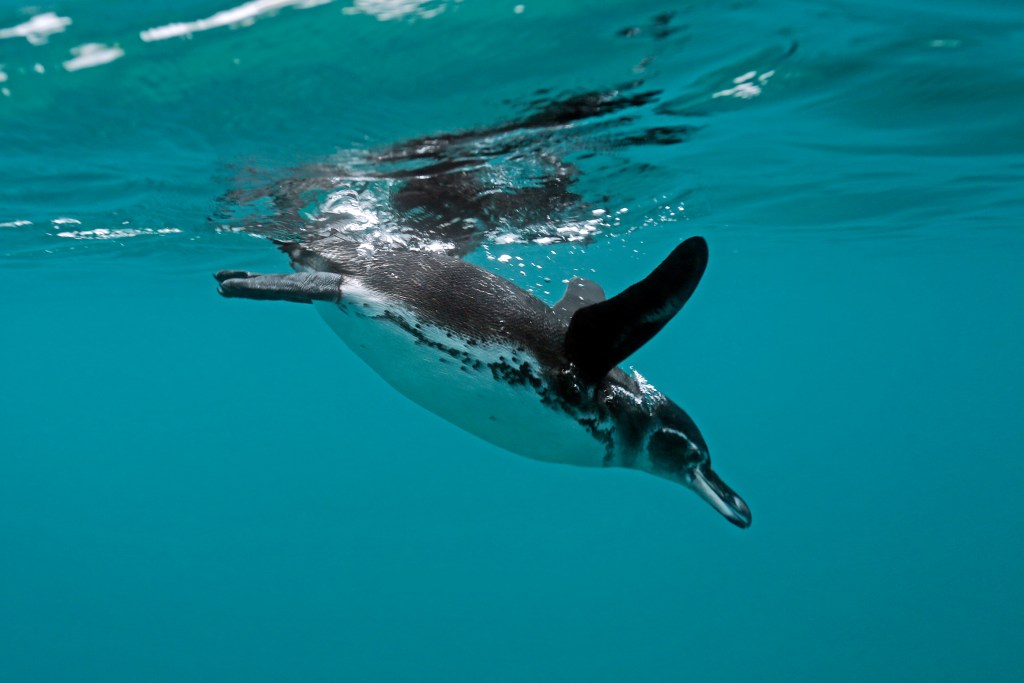
There are penguins on the Galapagos Archipelago—so, what animals can’t you see in the Galapagos Islands? That might be the better question. This little penguin is the only species to be found north of the equator, often gliding through the water swiftly. That means one thing: you need to be pretty eagle-eyed to catch a glimpse of these pint-sized penguins.
Flightless Cormorant
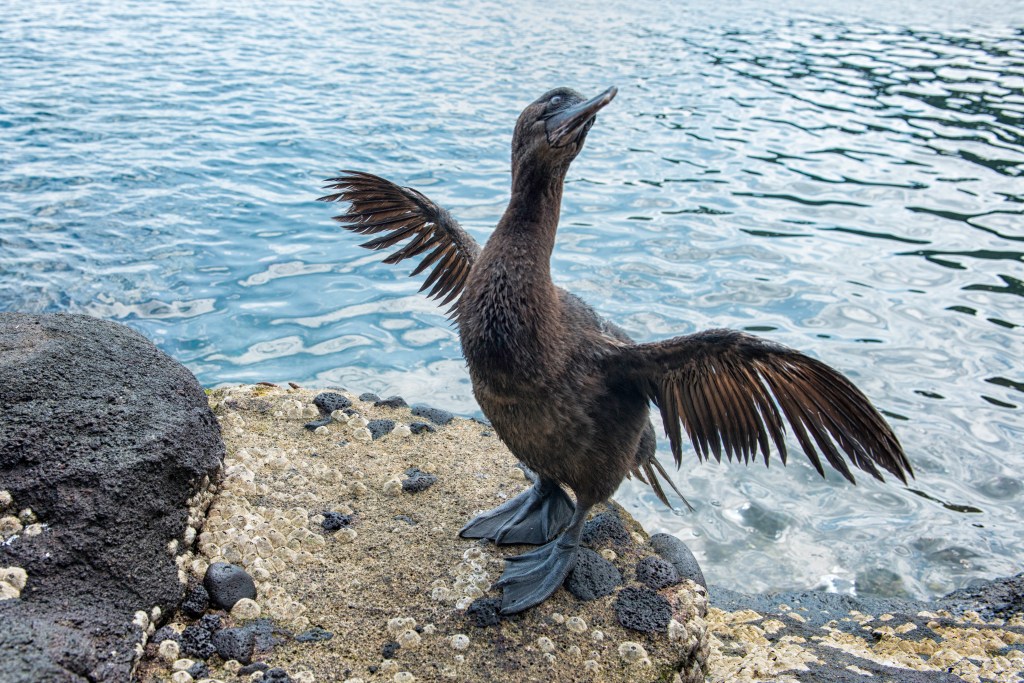
This large, flightless bird is only found on select Galapagos Islands—and it’s a heavy-hitter for those interested in Charles Darwin and all his (r)evolutionary ideas. (Get it? Anyone?) The cormorant has powerful legs that it uses to hunt along the coast, usually for fish and octopi. You’ll immediately recognize it due to its cartoonishly small wings and devilishly bright blue eyes.
Galapagos Sea Lion
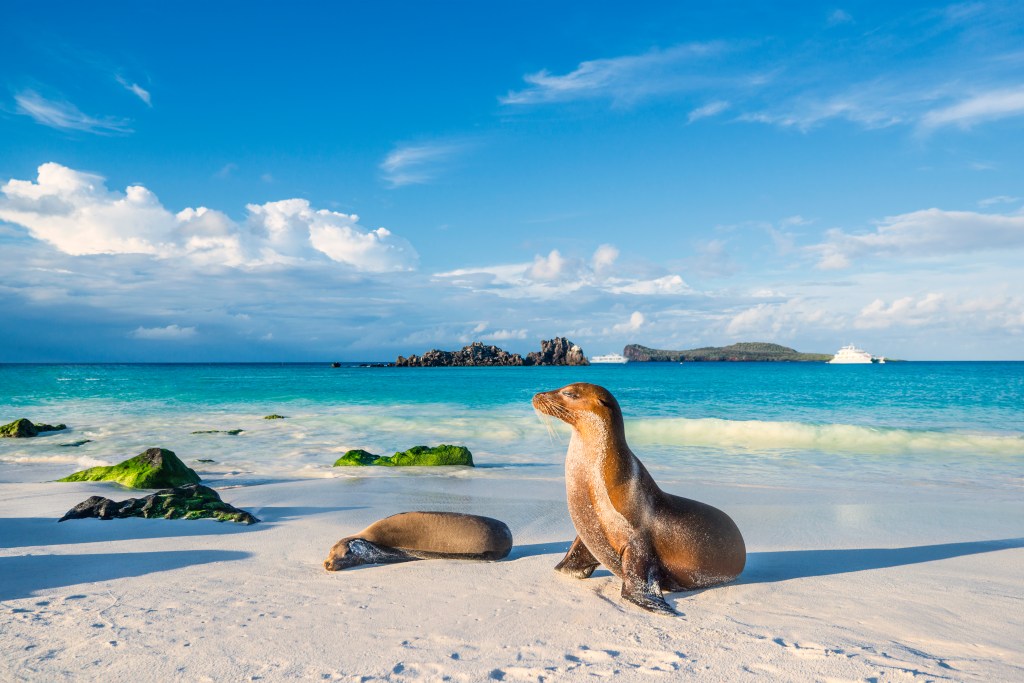
Known for being some of the chilliest sea lions in the world, these mammals are known for being highly sociable and curious about visitors. It’s not uncommon for them to join snorkelers as they drift in the waves. If you’re lucky, you might get the chance to swim alongside a playful little pup.
Galapagos Hawk
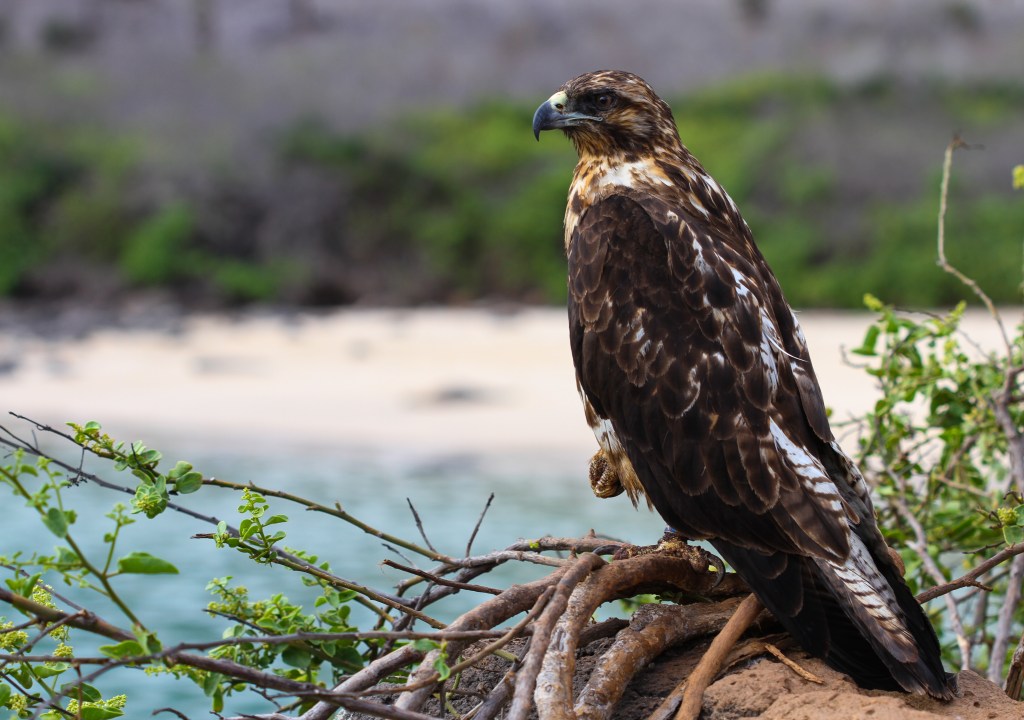
Meet the archipelago’s most dangerous predator: the Galapagos Hawk. It’s also one of the most threatened species on the islands, having been nearly wiped out in recent decades. Conservation efforts are underway, but their populations are still low, meaning sightings aren’t guaranteed.
Darwin’s Finches
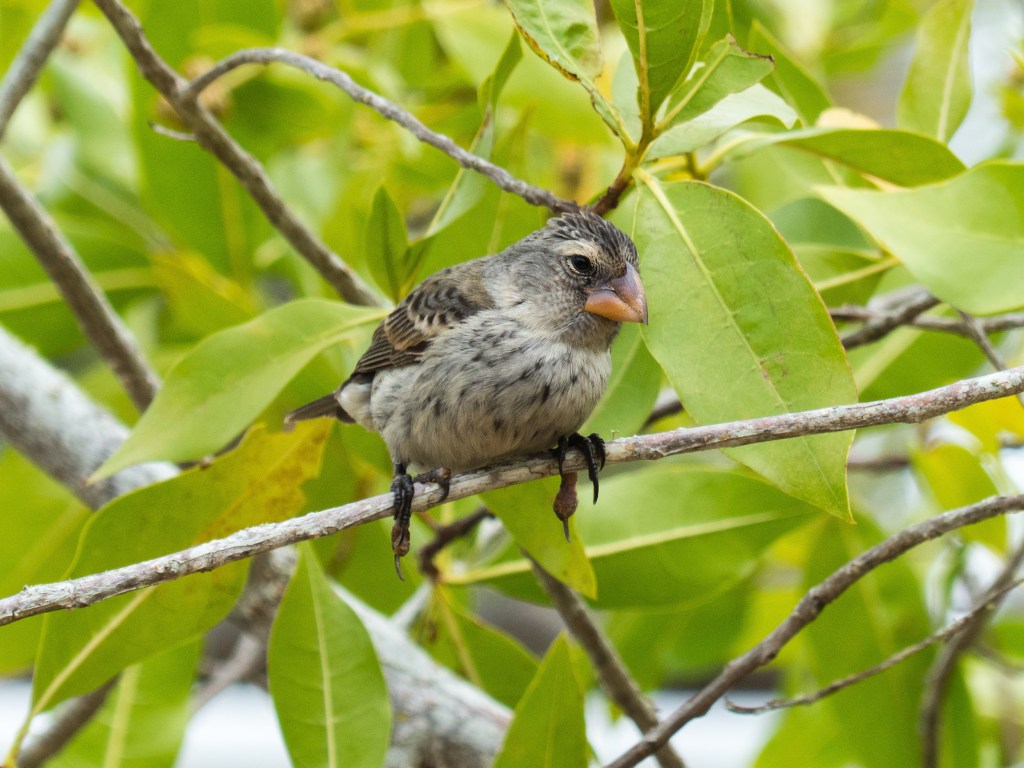
Similar to Galapagos Tortoises, Darwin’s Finches cover a range of subspecies that are uniquely adapted to life on the island. The most visible way that you’ll see these morphological changes is the finches’ beaks, which evolved into distinct shapes based on the birds’ diet. In total, there are 18 known subspecies of these finches.
Lava Lizard
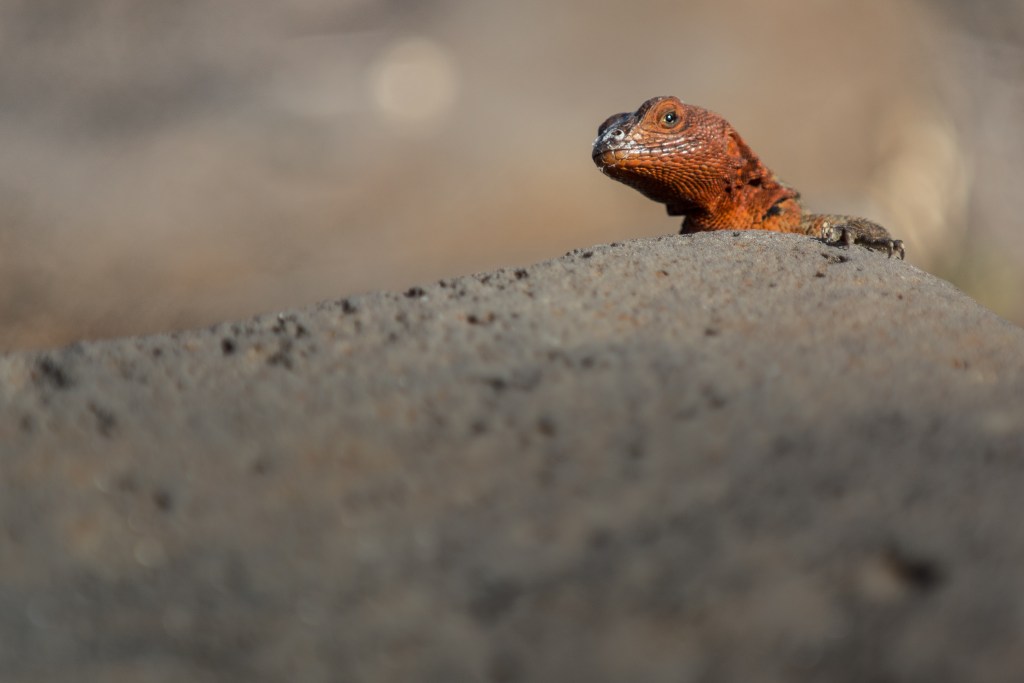
You’re guaranteed to spot lava lizards all throughout the Galapagos Islands. These small lizards are known for their bright red, orange, and yellow throat coloring. They like to hang out on rocks, soaking up the rays with a little sunbath.
Land Iguana
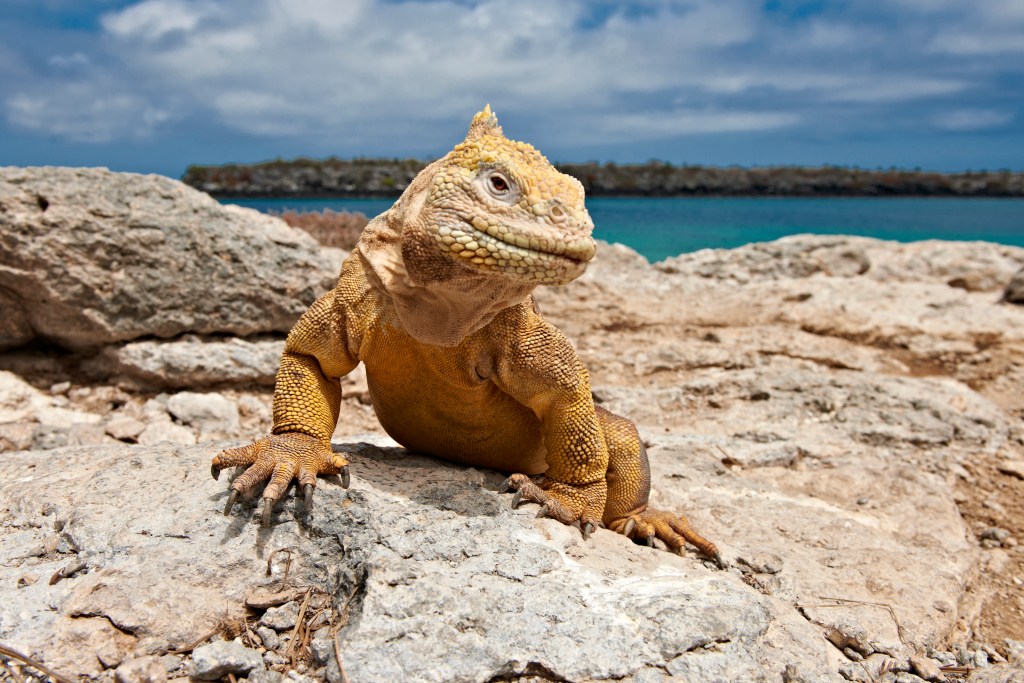
I started the list with one of the coolest lizards in the Galapagos—but the marine iguana isn’t the only iguana that calls the archipelago home. Meet the flashy, orange-scaled land iguana. They live in the low and dry deserts on the islands and have been recently reintroduced to the wild across several locations thanks to ongoing breeding programs.






